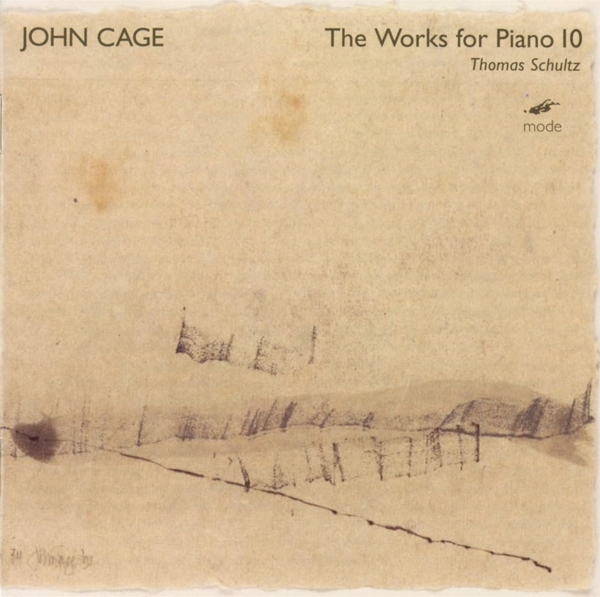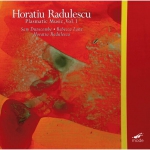Accesorios |
Mi cuenta
|
Entrar
|
Español |
€ Euro |
Búsqueda avanz.
|
Todas categorías
LOS MáS VENDIDOS
500
NOVEDADES
7.937
OFERTAS
222.253
Tu selección actual:
No hay selección
Filtrar resultados:
TÉCNICA
254.767
JUEGOS/SOFTWARE
25.501
MÚSICA
696.358
Clásico (otro)
4.356
- Acordeón
22
- Arpa
44
- Clarinete
21
- Clavicordio
44
- Clavicémbalo
219
- Contrabajo
5
- Cuerno
3
- Fagót
5
- Flauta
54
- Flauta de pico
12
- Guitarra
307
- Instr.solistas(otro)
1.676
- Instrum. antiguos
16
- Klavier
2.356
- Laúd
106
- Mandolina
11
- Oboe
8
- Percusión
15
- Saxo
12
- Trombón
4
- Trompeta
9
- Viola
28
- Violonchelo
118
- Violín
195
- Òrgano
528
Música sinfónica
12.983
|
Música Películas Audio Libros Merchandise Infantil |





















